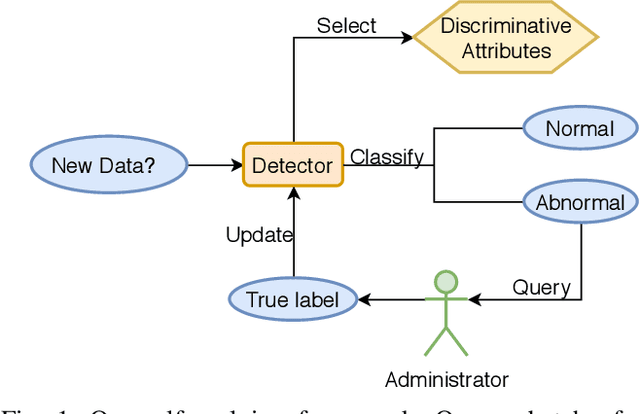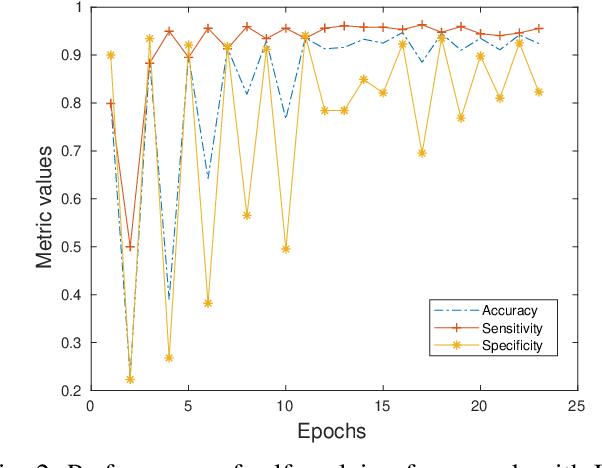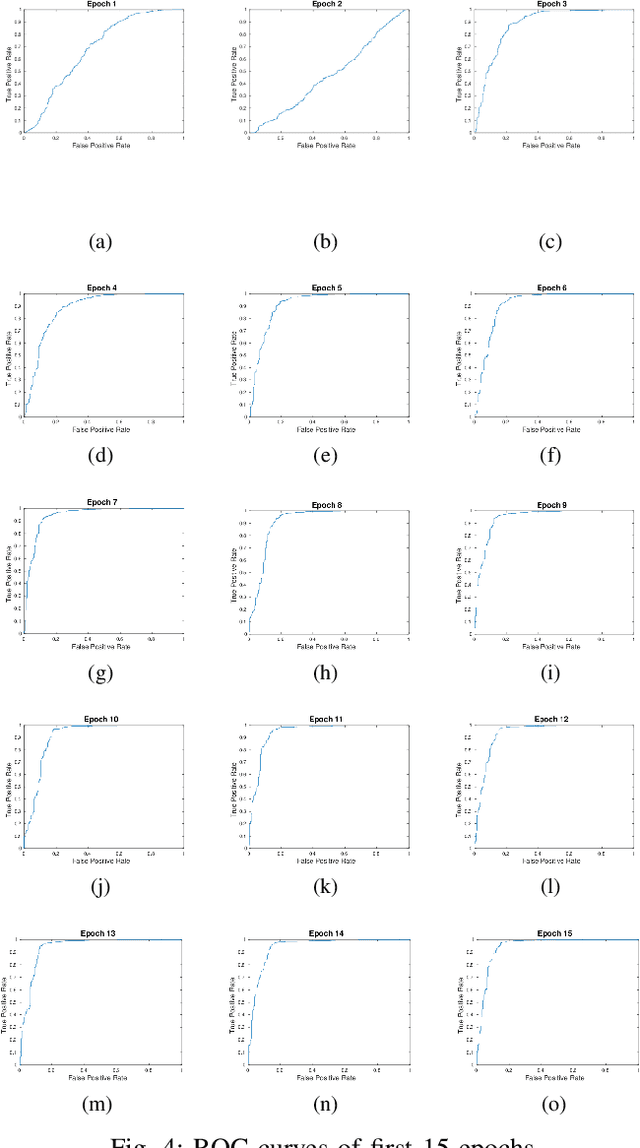Haili Wang
Grasp Stability Assessment Through Attention-Guided Cross-Modality Fusion and Transfer Learning
Aug 02, 2023Abstract:Extensive research has been conducted on assessing grasp stability, a crucial prerequisite for achieving optimal grasping strategies, including the minimum force grasping policy. However, existing works employ basic feature-level fusion techniques to combine visual and tactile modalities, resulting in the inadequate utilization of complementary information and the inability to model interactions between unimodal features. This work proposes an attention-guided cross-modality fusion architecture to comprehensively integrate visual and tactile features. This model mainly comprises convolutional neural networks (CNNs), self-attention, and cross-attention mechanisms. In addition, most existing methods collect datasets from real-world systems, which is time-consuming and high-cost, and the datasets collected are comparatively limited in size. This work establishes a robotic grasping system through physics simulation to collect a multimodal dataset. To address the sim-to-real transfer gap, we propose a migration strategy encompassing domain randomization and domain adaptation techniques. The experimental results demonstrate that the proposed fusion framework achieves markedly enhanced prediction performance (approximately 10%) compared to other baselines. Moreover, our findings suggest that the trained model can be reliably transferred to real robotic systems, indicating its potential to address real-world challenges.
Online Self-Evolving Anomaly Detection in Cloud Computing Environments
Nov 16, 2021



Abstract:Modern cloud computing systems contain hundreds to thousands of computing and storage servers. Such a scale, combined with ever-growing system complexity, is causing a key challenge to failure and resource management for dependable cloud computing. Autonomic failure detection is a crucial technique for understanding emergent, cloud-wide phenomena and self-managing cloud resources for system-level dependability assurance. To detect failures, we need to monitor the cloud execution and collect runtime performance data. These data are usually unlabeled, and thus a prior failure history is not always available in production clouds. In this paper, we present a \emph{self-evolving anomaly detection} (SEAD) framework for cloud dependability assurance. Our framework self-evolves by recursively exploring newly verified anomaly records and continuously updating the anomaly detector online. As a distinct advantage of our framework, cloud system administrators only need to check a small number of detected anomalies, and their decisions are leveraged to update the detector. Thus, the detector evolves following the upgrade of system hardware, update of the software stack, and change of user workloads. Moreover, we design two types of detectors, one for general anomaly detection and the other for type-specific anomaly detection. With the help of self-evolving techniques, our detectors can achieve 88.94\% in sensitivity and 94.60\% in specificity on average, which makes them suitable for real-world deployment.
 Add to Chrome
Add to Chrome Add to Firefox
Add to Firefox Add to Edge
Add to Edge